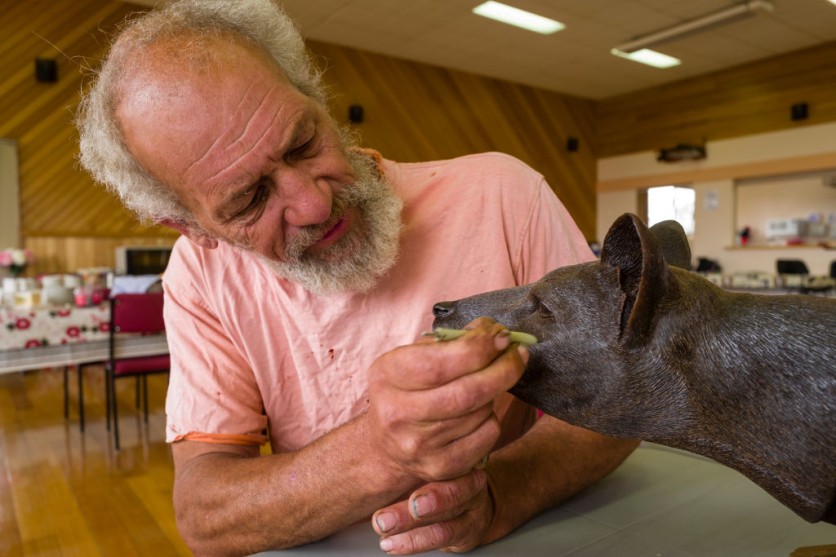
The Tasmanian tiger went extinct in 1936, the year when the last species died. Known as thylacine, the extinct animal is nowhere to be found in the wild right now and it was the end of the era for it.
In hopes of reviving it, a team of scientists has successfully recovered the RNA from the animal for the first time.
Scientists Recovered Specimen of Thylacine
A team of researchers, led by Emilio Mármol-Sánchez, a paleogeneticist at Stockholm University and the Centre for Paleogenetics in Stockholm, has managed to extract, sequence, and analyze RNA (Ribonucleic acid) from a remarkably well-preserved thylacine specimen that is approximately 130 years old.
"This is the first time that we have been able to catch a glimpse of the actual biology and metabolism of Tasmanian tiger cells right before they died," Emilio told Gizmodo.
Just like DNA, RNA is a vital molecular structure composed of nucleotides. It plays a crucial role in protein synthesis and carries genetic material in some viruses.
In this groundbreaking study, the researchers successfully identified RNA from the skin and skeletal muscle tissues of the desiccated thylacine specimen, shedding light on the genetic code that once defined this extraordinary creature.
You might have seen thylacine in movies set in the prehistoric period. It is often called the Tasmanian tiger or marsupial wolf which was natively living in Tasmania back then. It's a carnivorous species that feeds on small rodents, kangaroos, birds, and other animals.
Unfortunately, due to extreme hunting, the population of Tasmanian tigers drastically dropped, not to mention the habitat loss and many diseases that wiped out the rest of them.
Aside from that, the Tasmanian government said that livestock attacks could have brought this marsupial to extinction.
Related Article : Scientists Discover New Virus 8,900 Meters Under the Ocean
De-Extinction on the Move
In 2022, Colossal Biosciences, a biotech firm has planned to resurrect the thylacines through de-extinction. While this concept is more popular, the researchers' primary focus remains on advancing genetic science rather than resurrecting extinct species.
Moreover, the researchers state that their study has broader implications that will benefit fields such as gene editing, in vitro fertilization, and more.
Bright Future For Genetic Research
The team foresees the potential to extract RNA virus genomes, including those of evolutionary precursors like SARS-CoV2, from museum-held specimens of bats and other host organisms. This avenue of research holds great promise for enhancing our understanding of extinct species and unraveling the mysteries of ancient viruses.
With museums housing a treasure trove of extinct creatures, the recovery of RNA from other species may soon follow in the footsteps of the thylacine. Just as old DNA studies have made remarkable strides, antiquated RNA studies are poised to reveal hidden genetic secrets from the past.
The full study is published on Genome Research.

ⓒ 2025 TECHTIMES.com All rights reserved. Do not reproduce without permission.




